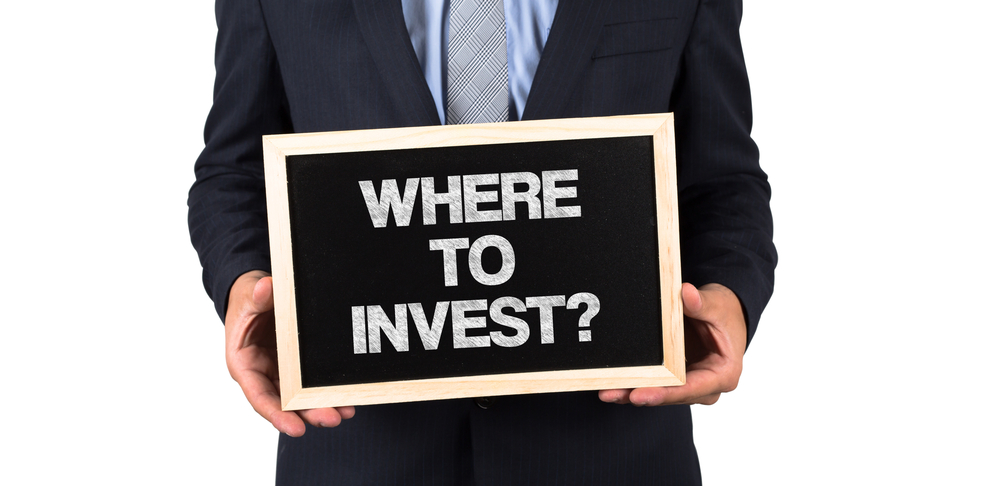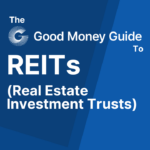Here’s our quick summary guide on how to research funds for your long term investments…
Sitting alongside stocks and exchange-traded funds (ETFs) is a bewildering number of investment funds. So large in numbers – 8,000+ approved and recognised CIS according to the FCA website – that any new DIY investor would collapse in agony about choosing which funds to buy. So where, and how, should one navigate this fund maze?
Where to invest in Funds?
You can compare stock brokers for buying Investment Trusts here or read up on the below providers that allow you invest in funds through their platforms:
Where to start when researching funds for a DIY investment portfolio
What brings success to investments, first and foremost, is self-awareness. This is particularly true for DIY portfolios. You set targets, then you run the search.
- Related guide: Self-select ISAs explained.
The big question is asset allocation. How much to equity and how much to bonds? And within equity allocation there are domestic stocks, foreign, emerging markets and sectors to choose from. For bonds, there are government, corporate, among others. Influencing these allocation decisions boil down to your circumstances. This means detailing – before you invest a penny – your risk preferences, income requirements, and volatility constraints.
Managing a portfolio is not easy, even for a small amount. Thus you need to have a system, however crude, to win over the long run. Factor in due diligence, time allocation on research, and simple risk measures (e.g., diversification). Once this is done, you research and find the funds to fit your criteria. Remember, markets and funds are there to serve you, not the other way round.
To find suitable funds, you can run an initial search along the lines:
- “Biggest funds in the UK”
- “Best-performing funds”
- “Best niche funds in emerging markets, bonds” etc…
Many web outlets are available at your fingertips if you want to delve deeper into a fund, such as:
Subscribe to a couple of investment magazines like Investment Week or Investor Chronicle to keep abreast of new funds, market changes, and economic development.
Six Points to Remember when picking funds
1. Biggest is not always best.
It could be that the fund’s sponsor is very adept at marketing. Hence the size. However, there could be outliers. Terry’s Fundsmith Equity is a behemoth with AUM of £18.5 billion. And also one of the best-performing funds in its category. There are many other funds you could research from this table, such as Lindsell Train Equity.
2. Past performance is not guaranteed to run.
This is very important. Because chasing after the best-performing funds may land you in steep drawdowns later on. Step back in time to 2000, when the internet bubble was at its peak. Tech funds topped the performance table. But these returns were illusory as the bubble burst. So don’t just buy a fund because of its recent performance. Try to understand why it is performing well.
3. Risk matters.
Performance is only one side of the equation. How is the fund managing its risk? How does the fund manager and his/her team select instruments? How do they sell? Does the fund go short or leverage? Knowing the style of a fund’s investment process will give you some ideas about its return generation process. If a fund’s holding is concentrated or invested in highly volatile sectors, its returns could be more turbulent than funds that are more diversified. Property funds may well gate its funds when redemptions soar (news here).
4. Know the holdings.
Find out what a fund holds. A simple check of these holdings – via graphs – will tell you the fund’s current health. One reason why investors kept withdrawing from Neil Woodford‘s funds is because many of the funds’ holdings were clearly underperforming. For global funds, find out where money goes to. For corporate bond funds, check if the debt-issuing company is in any trouble. Eliminate funds that have overlapping holdings.
5. Charges are important.
Because it will impact your long-term performance as a fund investor. In this age of intense competition from ETFs, there is little or no justification for high charges, which eat into your returns. Shop around for the more efficient Platform Charge. Understand if a fund charges management fee, performance fee, or admin fee, and, on top of it, dealing charges. These things add up. Once you have a ballpark figure, compare to other similar vehicles. Ask yourself: Is the fund worth it?
6. Look at new funds.
New investment funds emerge regularly. Some could be interesting enough to add another dimension to your portfolio. Hargreaves setup Blue Whale Capital in 2017 (interview here); Terry Smith initiated Fundsmith in 2010; Woodford created Patient Capital in 2015. So you do need to keep abreast of the market developments. Of course, you may seek financial advice – but be prepared to pay up for good ones.
Final thoughts on picking your own funds for a self-select portfolio
Skipping down to the bottom line, good funds – like good stocks – are hard to come by. But once your research throws up something good that fits your financial goals, perhaps it is worth sticking to it for some time and allow it room to grow. Patience, proper diversification, and a tested system to manage your portfolio should be enough to survive and prosper in the coming years.

Jackson is a core part of the editorial team at GoodMoneyGuide.com.
With over 15 years of industry experience as a financial analyst, he brings a wealth of knowledge and expertise to our content and readers.
Previously, Jackson was the director of Stockcube Research as Head of Investors Intelligence. This pivotal role involved providing market timing advice and research to some of the world’s largest institutions and hedge funds.
Jackson brings a huge amount of expertise in areas as diverse as global macroeconomic investment strategy, statistical backtesting, asset allocation, and cross-asset research.
Jackson has a PhD in Finance from Durham University and has authored over 200 guides for GoodMoneyGuide.com.
To contact Jackson, please ask a question in our financial discussion forum.



